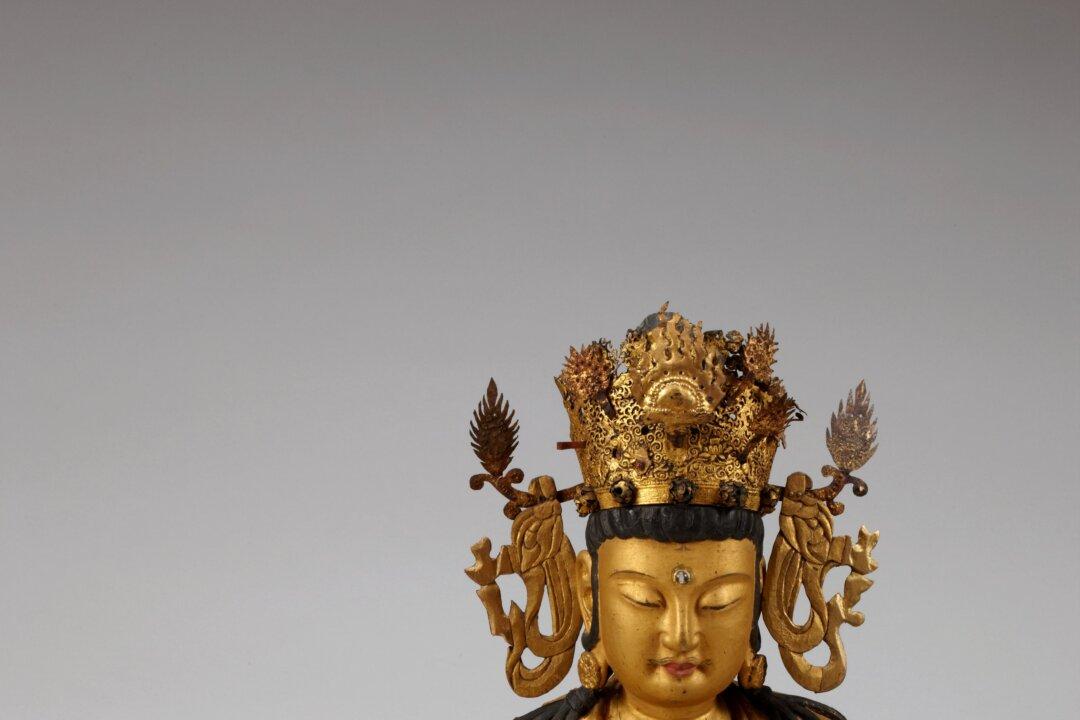Life can be hard. When faced with fear, crisis, and hardship, some Buddhists call out to Bodhisattva Avalokiteshvara for help. Avalokiteshvara immediately responds by bestowing fearlessness, according to Chapter 25 of the Buddhist scripture known as the Lotus Sutra.
Stated in the same chapter:
He rains down sweet dew and Dharma rain, Which extinguish the flames of affliction.
Dharma refers to the Buddha’s teachings that Buddhists believe to be the universal, eternal truth.





